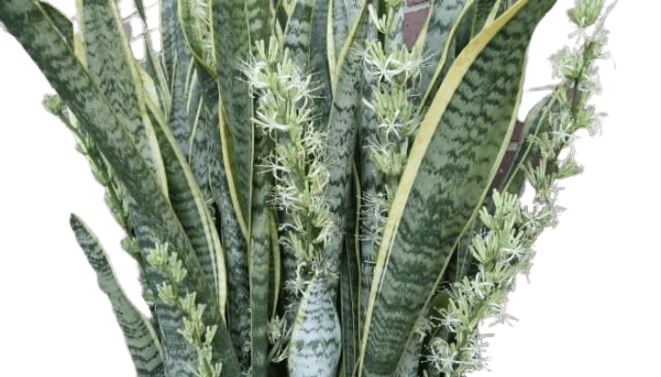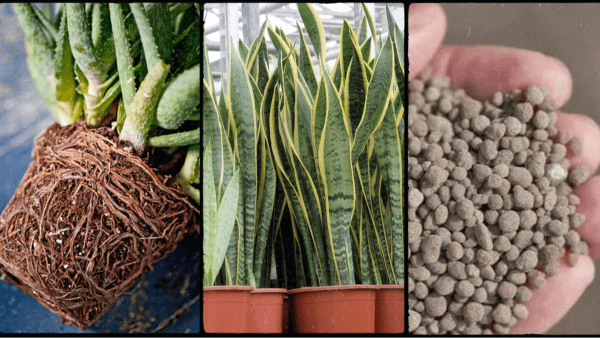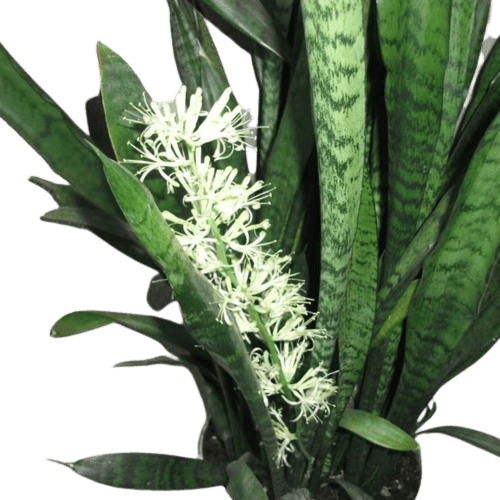Snake plant blooms are among the most fascinating phenomena in the world of indoor gardening. Often considered elusive and unpredictable, these blossoms are a coveted spectacle for plant enthusiasts. This article takes a deep dive into the captivating world of snake plant blooms, explaining why they occur, what influences their development, and how you can potentially encourage your snake plant to produce these enchanting flowers.

The Elusive Snake Plant Bloom
Snake plants, mother-in-law’s tongue or Sansevieria, are not typically known for their flowers. However, if snake plants are well care and under certain conditions, they can produce blooms that are as intriguing as they are unexpected. A snake plant bloom emerges as a long, slender stalk, typically producing clusters of small, white or cream-colored flowers. The bloom carries a sweet, almost enchanting fragrance that often surprises those lucky enough to experience it.
Factors Influencing Snake Plant Bloom
A snake plant bloom is a relatively rare event and is influenced by a variety of factors:
- Age and maturity: Generally, older, well-established snake plants are more likely to bloom. Young plants, while not entirely incapable, rarely produce flowers.
- Light intensity and quality: Snake plants are known for their low-light tolerance, but blooms are more likely to occur when the plant is exposed to brighter, indirect light.
- Environmental stress: Interestingly, snake plants often bloom as a response to environmental stress. This can be triggered by a sudden change in temperature, irregular watering, or nutrient deficiency.
- Seasonal influences: While there’s no definitive blooming season, some owners have reported that their snake plants tend to bloom during late spring or early summer.
How to Encourage Your Snake Plant to Bloom

While there’s no guaranteed method to induce blooming in snake plants, certain strategies may increase your chances:
- Modifying light conditions: Try moving your snake plant to a brighter location, but avoid direct sunlight as it can scorch the leaves.
- Manipulating environmental stress: Although it’s crucial not to over-stress your plant, slightly adjusting watering schedules or temperature might trigger a bloom.
- Repotting and root bounding: Some owners have noticed that snake plants are more likely to bloom when they’re root-bound. Therefore, avoid frequent repotting.
- Using bloom-boosting fertilizers: Certain fertilizers, especially those high in phosphorus, can encourage blooming. However, avoid over-fertilization as it can harm your plant.
Conclusion
The world of snake plant blooms is filled with intrigue and beauty. While these blooms may be rare and unpredictable, understanding the factors that influence their occurrence can increase your chances of witnessing this remarkable event. From providing optimal light conditions to manipulating environmental stressors, there are various strategies you can adopt to encourage your snake plant to bloom.

Remember, whether your snake plant blooms or not, it remains a wonderful, resilient plant that adds a touch of greenery and improves air quality in your home or office. However, if you are fortunate enough to experience a snake plant bloom, cherish the moment. It’s a unique spectacle that showcases the incredible adaptability and resilience of this popular houseplant.
So, keep nurturing your snake plant and stay patient. With time, the right conditions, and a little luck, you might just be rewarded with the sweet scent and charming sight of a snake plant bloom.



